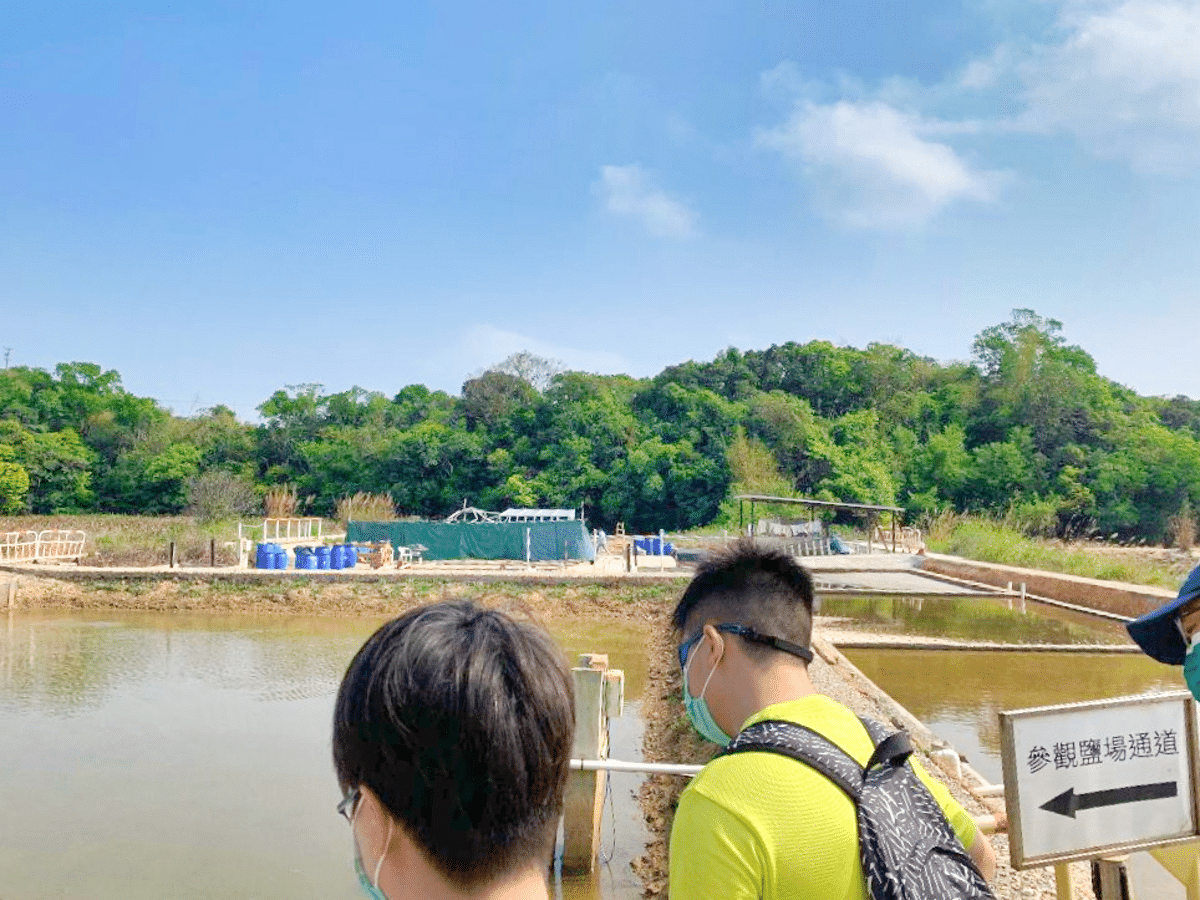
HONG KONG (SE): Nicholas Chan Tse-leung, the chairperson of The Salt and Light Preservation Centre in Yim Tin Tsai, grew up on the island and said nature and faith have been his longtime companions.
Chan recalled that the village he lived in during his childhood was imbued with a unity between nature and humankind. He happily recounted that he would look for small animals on the island, dig up sea snails, catch fish or pick up shrimps.
“Yim Tin Tsai is my root. A happy childhood has given me a joyful heart. I am always grateful to God and will never forget where my happiness comes from,” Chan told the Kung Kao Po.
Chan left Yim Tin Tsai at the age of 12 for his studies. After becoming the principal of Sung Tsun Catholic School in Sai Kung in the 2000s, he had a chance to return to the island as the villagers had just elected a new village representative and he was invited to be the secretary. Love for Yim Tin Tsai motivated Chan to take part in the revitalisation project of the island in 2003, the year when St. Joseph Freinademetz was canonised.
The Salt and Light Preservation Centre was set up in 2011 and Chan was its first chairperson. Seeking to aid in the conservation of the island, the centre later restored and revitalised the salt fields on the island, set up a museum on the premises of the former Ching Po School and built a floating bridge in the mangrove. Environmental protection was promoted in the village on the island. For years the island and the renovated St. Joseph’s Chapel has attracted many pilgrims and visitors even from overseas.

St. Joseph’s Chapel, inaugurated in 1890, was twice given the Asia-Pacific Awards for Cultural Heritage Conservation by the United Nations Educational, Scientific and Cultural Organisation. In 2005, it received the Award of Merit and, later in 2015, the Award of Distinction.
Chan said he could see that over the past 20 years, the restoration work on the island was not shouldered by villagers alone, but also by people from different sectors of society and professionals. The village committee was also registered as a non-profit making organisation six years ago because of its objective of working for public interest.
People who used to live in the traditional Hakka village are descendants of the Chan clan. Early missionaries started their work on the island in 1864. By 1875, the whole village had been baptised.
Chan said he was baptised a few months after he was born. He also remembered receiving confirmation from Bishop Lorenzo Bianchi on the island when he was a teenager.
Chan belongs to the eighth generation on the island. His mother died in a sea accident when he was less than two-years-old. While his father was working overseas, he and his sister were raised by his grandmother.
When a priest or a religious sister came or a Mass was about to begin, a bell would ring to tell all villagers to stop their work to go to the chapel.
He could feel the
love of God through the missionaries, which showed the meaning of what
St. Freinademetz said: ‘The only language understood by people everywhere is the language of love’
Despite the big misfortune that happened to his family, he did not feel lonely due to the close relationship and the support among villagers.
Chan studied at Ching Po School until he was 12. He recalled that there was only one classroom and students of the same grade level were seated on the same row. He had been “promoted” to the sixth line when he left to join a secondary school in Yuen Long.
Chan said he loved the religious ambience of the island. “The focus of priests and sisters was not to preach, but to journey with the villagers,” he said. When a priest or a religious sister came or a Mass was about to begin, a bell would ring to tell all villagers to stop their work to go to the chapel. He could feel the love of God through the missionaries, which showed the meaning of what St. Freinademetz said: “The only language understood by people everywhere is the language of love.”
Now the salt pans have been revived and began producing salt. According to Chan, salt production on the island disappeared for nearly a century as even the people of his father’s generation never saw any salt produced there.
It takes about two weeks to produce salt through evaporation and the process includes gathering sea water during the high tide, raising its salinity by pumping it into different storage pools, crystalisation and harvesting.
Chan compared the production process to the revitalisation of the island. “All stages are important and whether our work can succeed depends a lot on timing and natural resources given.”
Chan thanked God for allowing him to participate in the conservation of the island and learn to work humbly through the cooperating with different parties so that the rich culture of the traditional Catholic village is brought back to life.
Correction
As published in the Sunday Examiner on April 25, this article mentioned that St. Joseph’s Chapel was built by St. Joseph Freinademetz in 1879. This information is incorrect as discrepancies regarding the years of the missionary work of the saint in Yim Tin Tsai and the date of inauguration of the chapel were noted.
The Pontifical Institute of Foreign Missions (PIME) verified that the saint had left for China in 1881. St. Joseph’s Chapel was inaugurated years later in 1890. PIME missionaries were instrumental in building chapels under the Sai Kung parish.








